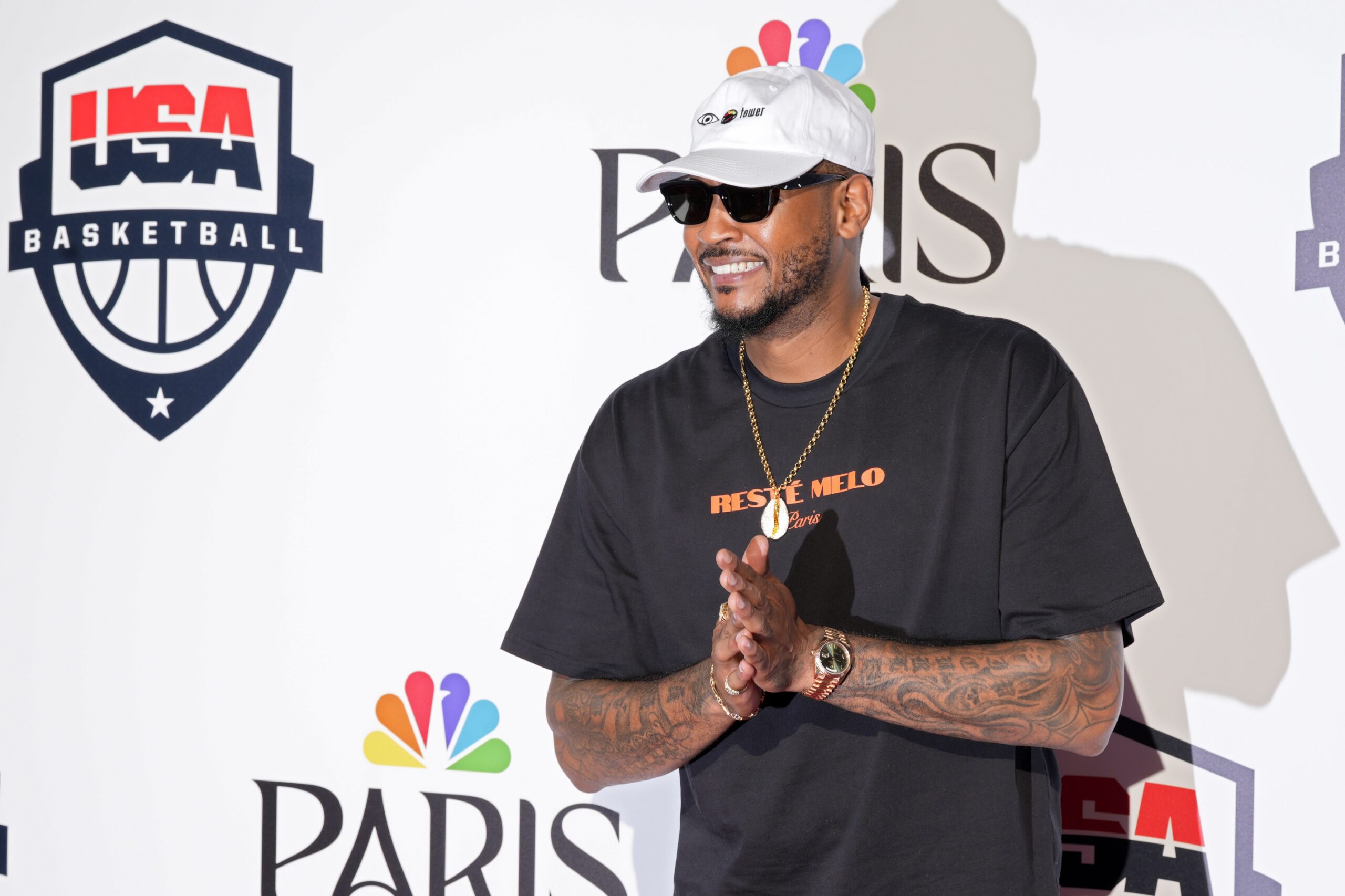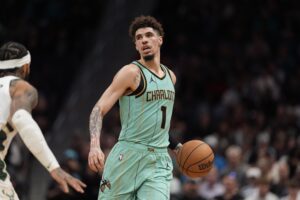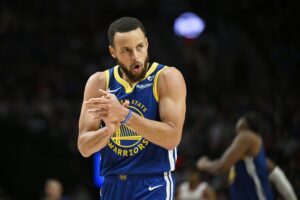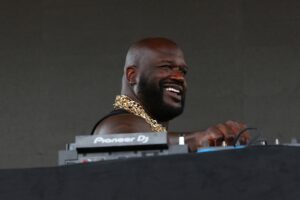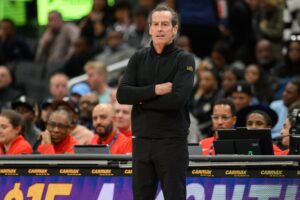For years, athletes have endured countless challenges to reach the heights of their careers. From late-night training sessions to early morning conditioning drills, the hard work to achieve greatness is undeniable. Some players become all-time greats, while others fall short, leaving fans wondering what could have been.
When athletes don’t reach their full potential, it sparks the “what-if” game. In the NBA, every passionate fan has played it. What if the Phoenix Suns or Sacramento Kings had drafted Luka Dončić over Deandre Ayton or Marvin Bagley III in 2018? How different would the Philadelphia 76ers be today if they’d chosen Jayson Tatum instead of Markelle Fultz in 2017?
This “what-if” game has been ongoing for Detroit Pistons fans since 2009, with several missed opportunities in the draft. A few notable ones include:
- 2009: Austin Daye over Jrue Holiday
- 2010: Greg Monroe over Paul George
- 2015: Stanley Johnson over Devin Booker
- 2017: Luke Kennard over Donovan Mitchell and Bam Adebayo
- 2020: Killian Hayes over Tyrese Haliburton
Fans often wonder how different the franchise’s direction would be if those draft picks had gone another way. The biggest “what-if” in Pistons history was the 2003 NBA Draft when the team selected Darko Miličić over Carmelo Anthony, Dwyane Wade, and Chris Bosh. Anthony, in particular, went on to have a Hall of Fame-worthy career lasting 19 seasons, and remains the focal point of this debate.
Could Anthony have sustained the Pistons’ early 2000s dominance? Or was there more to the story? Let’s dive into the most significant draft decision in Pistons history.
The Truth About Carmelo Anthony’s Fit With the Pistons
Could Anthony Embrace “Playing The Right Way”?
Anthony is among the greatest scorers in NBA history, with over 28,000 points. Defensively, while his 108.6 defensive rating was respectable, it didn’t elevate him into the ranks of elite defenders. This raises a crucial question: how would he have fit under Larry Brown, a coach known for his defense-first mentality?
Brown demanded total buy-in to his defensive schemes and was notoriously hesitant to give rookies significant minutes. This was evident in Milicic’s rookie season, where he averaged just 4.7 minutes per game. Although Anthony likely would have adapted to Brown’s defensive philosophy and earned minutes, the real question is, would it have been enough?
Coming off an NCAA national championship and used to playing a starring role, Anthony might have wanted more playing time. Would his competitive nature and desire for a more prominent role have clashed with Brown’s slow integration of young players?
Carmelo Anthony Pistons Fit Better With Flip Saunders
Anthony’s potential under Flip Saunders is a different story. Saunders, known for his offensive creativity, could have tapped into Anthony’s strengths more effectively. In his three seasons with the Pistons, Saunders kept the team’s defense strong while elevating their offense, finishing in the top 10 in offensive rating each year.
Under Saunders, the Pistons’ offense was more free-flowing, a welcome change for fans accustomed to a more methodical style of play. This shift caused some friction with Ben Wallace, who felt the team was moving away from the defensive identity defining their success. Ultimately, Wallace left for the Bulls, but the dynamic could have changed with Anthony now inserted in the lineup.
Imagine this starting five:
PG: Chauncey Billups
SG: Richard Hamilton
SF: Tayshaun Prince
PF: Carmelo Anthony
C: Rasheed Wallace
This lineup could have been lethal offensively. Billups and Hamilton were steady in the backcourt, Prince was the team’s best perimeter defender, and Wallace provided a solid, less imposing defensive presence in the paint. With Anthony buying into defense over his first two years, alongside a group this talented, his scoring ability could have flourished under Saunders’ system. The combination of a potent offense and a still-stout defense might have kept the Pistons in contention for years.
The Last Word
Carmelo Anthony’s fit with the Detroit Pistons under Larry Brown would have been challenging. Brown’s defensive mindset and reluctance to play rookies likely would have limited Anthony’s early impact, potentially causing frustration. However, Anthony’s scoring ability would have meshed perfectly with the more free-flowing offensive system under Flip Saunders, allowing the Pistons to maintain their defensive identity while adding an explosive offensive dimension. Had the Pistons drafted Anthony in 2003, their trajectory could have been drastically different, possibly extending their championship window and rewriting their history.


